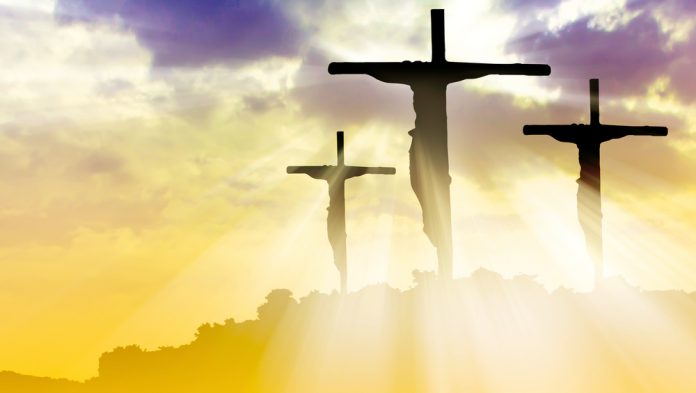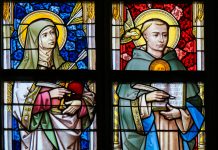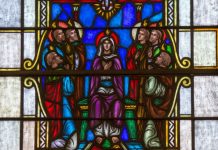
By Donna Frasier
The Liturgical calendar, especially during Lent and Easter, invites individuals and families to form stronger bonds between themselves and God. We should strive to set spiritual goals for ourselves and our family; as we rejoice and show appreciation for the fact that Jesus died for our sins and gave us everlasting life.
Ash Wednesday opens the season of Lent. It takes place 40 days before Easter commemorating the 40 days Jesus speny fasting and praying in the desert. These days do not include Sunday’s which are feast days (The same is true for other solemnities – the highest types of feasts – that fall during Lent, such as the Annunciation of the Lord and the feast of Saint Joseph).
The ashes received on Ash Wednesday symbolize the dust from which God made us. As the priest applies the ashes to a person’s forehead, he prays one of these three ways: “Remember that you are dust, and to dust you shall return”; “Turn away from sin and be faithful to the Gospel.”; “Repent, and hear the good news.”
Purple or violet is used during Lent in our church décor and with priestly vestments to signify this penitential season that stresses almsgiving, fasting, and prayer. Many things are recommended to rejuvenate our Spirit during Lent: praying the Stations of the Cross, praying the Rosary, making a good confession, offer forgiveness and prayer, disconnecting from social media or television, reading the Bible and other inspirational literature. Through denial of ourselves through fasting, we offer gifts from the heart.
Catholics are asked to fast on Ash Wednesday and Good Friday. During Lent, many Catholics commonly eat simple meals, do not eat between meals, and eliminate meat on Fridays. Abstinence is not binding on Sundays within Lent. But these, and all sacrifices, are personal decisions.
Holy Week is the final week of Lent. It Palm Sunday when we celebrate the Passion of the Lord. Red is used on Palm Sunday to signify Jesus’ Passion and death.
Holy Thursday begins the Triduum, the three holiest days of the Church year. White is used during times of spiritual celebration as it embodies holiness and virtue. White is emphasized on Holy Thursday and on Easter Sunday. On Holy Thursday we recall the Last Supper and commemorate the institution of the Eucharist and the institution of the priesthood. and specifically, on Easter Sunday.
The main symbol of Good Friday is the crucifix, and is considered a day of mourning. Holy Saturday is a day of somber reflection of Jesus being laid in the tomb. As on Good Friday, there is no Mass offered for Holy Saturday.
The Easter Vigil Mass, which takes place after sundown on Holy Saturday begins the Easter celebration, since liturgically, each day begins at sundown of the previous day. This brings us to the most revered of all days, Easter Sunday. Here we rejoice in the resurrection of Jesus, with a continued celebration that lasts for 50 days. We rejoice that in Christ, good conquers evil, and life prevails over death.
The Ascension of Our Lord celebrates the day that Christ ascended bodily into heaven. The Ascension occurred on the 40th day of Easter, which leads us to Pentecost Sunday, the conclusion of the Easter season.
Donna Frasier is retired from serving at Saint Thomas Aquinas Catholic Church, Ruston, Louisiana. She served as Director of Religious Education and Family Activities for 17 years.
Image Credit: Pand P Studio /Shutter Stock 235694338




